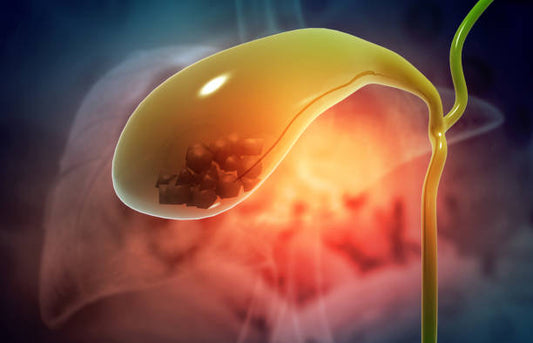Monkeypox is a viral disease that, while rare, has gained attention in recent years due to its increasing spread beyond its traditional regions. Understanding monkeypox, its symptoms, how it spreads, and ways to prevent it can help you stay informed and protected.

What is Monkeypox?
Monkeypox is caused by the monkeypox virus, a member of the Orthopoxvirus family, which also includes smallpox and cowpox. The disease was first discovered in laboratory monkeys in 1958, and the first human case was reported in the Democratic Republic of the Congo in 1970. Despite its name, it can infect both animals and humans.

Symptoms of Monkeypox
Monkeypox begins with flu-like symptoms, which can make it difficult to differentiate from other illnesses at first. The common symptoms include:
- Fever: A high temperature often signals the start of the disease.
- Headache: Persistent headaches can accompany the initial fever.
- Muscle Aches: You might experience general muscle pain or backaches.
- Swollen Lymph Nodes: This is a distinguishing feature of monkeypox compared to smallpox.
- Chills and Exhaustion: As with many infections, you may feel extremely tired and chilled.

About 1 to 3 days after the onset of fever, a rash develops, usually starting on the face and then spreading to other parts of the body. The rash goes through several stages:
- Macules: Flat, red spots.
- Papules: Raised bumps.
- Vesicles: Fluid-filled blisters.
- Pustules: Pus-filled lesions that eventually scab over.
How is Monkeypox Transmitted?
Monkeypox can spread through several routes:
- Animal to Human: The virus is typically transmitted from animals to humans via direct contact with infected animals' blood, body fluids, or lesions. In Africa, rodents and primates are known carriers.
- Human to Human: Transmission between humans can occur through respiratory droplets, especially during prolonged face-to-face contact. It can also spread via direct contact with bodily fluids, skin lesions, or contaminated items like bedding.
Prevention Strategies
While monkeypox is less contagious than diseases like smallpox, there are steps you can take to reduce your risk:
- Avoid Contact with Animals: Stay away from animals that could be infected, especially in areas where monkeypox is known to occur.
- Practice Good Hygiene: Regular handwashing with soap and water is crucial. Use hand sanitizer if soap and water are not available.
- Use Personal Protective Equipment (PPE): In outbreak settings, wearing protective clothing and masks can help reduce the risk of transmission.
- Vaccination: Although there is no specific vaccine for monkeypox, the smallpox vaccine provides some protection. In certain cases, health authorities may recommend vaccination in outbreak situations.
- Avoid Close Contact with Infected Individuals: If someone is diagnosed with monkeypox, avoid close contact and ensure they follow isolation guidelines.
Q & A: Understanding Monkeypox
Q: Can monkeypox be fatal?
A: While monkeypox is generally less severe than smallpox, it can be fatal in some cases, particularly in individuals with weakened immune systems or those who do not receive timely medical care. The mortality rate is typically low but varies by outbreak and population.
Q: How long does it take for monkeypox symptoms to appear?
A: The incubation period for monkeypox is usually 7 to 14 days, but it can range from 5 to 21 days. Symptoms typically begin with fever and are followed by a rash.
Q: Can monkeypox be treated?
A: There is no specific treatment for monkeypox. Management focuses on relieving symptoms and providing supportive care. In severe cases, antiviral medications and other treatments may be used.
Q: How can I protect myself if I live in or travel to an area with monkeypox?
A: To protect yourself, avoid contact with animals that might carry the virus, practice good hygiene, and avoid close contact with infected individuals. In outbreak situations, follow public health recommendations and consider vaccination if advised.
Q: Is monkeypox the same as smallpox?
A: No, monkeypox and smallpox are caused by different viruses. However, they are related and share some symptoms. Monkeypox is generally less severe than smallpox and has a lower mortality rate.
Q: What should I do if I think I have monkeypox?
A: If you suspect you have monkeypox, seek medical advice promptly. Your healthcare provider can help with diagnosis and recommend appropriate care. Avoid close contact with others and follow your provider’s guidelines to prevent spreading the disease.
Conclusion
Monkeypox, though rare, is a disease worth understanding due to its potential impact. By recognizing the symptoms, understanding how it spreads, and following preventive measures, you can reduce your risk and stay informed. For more information, consult healthcare providers or visit official health websites to keep up with the latest updates and recommendations on monkeypox.












